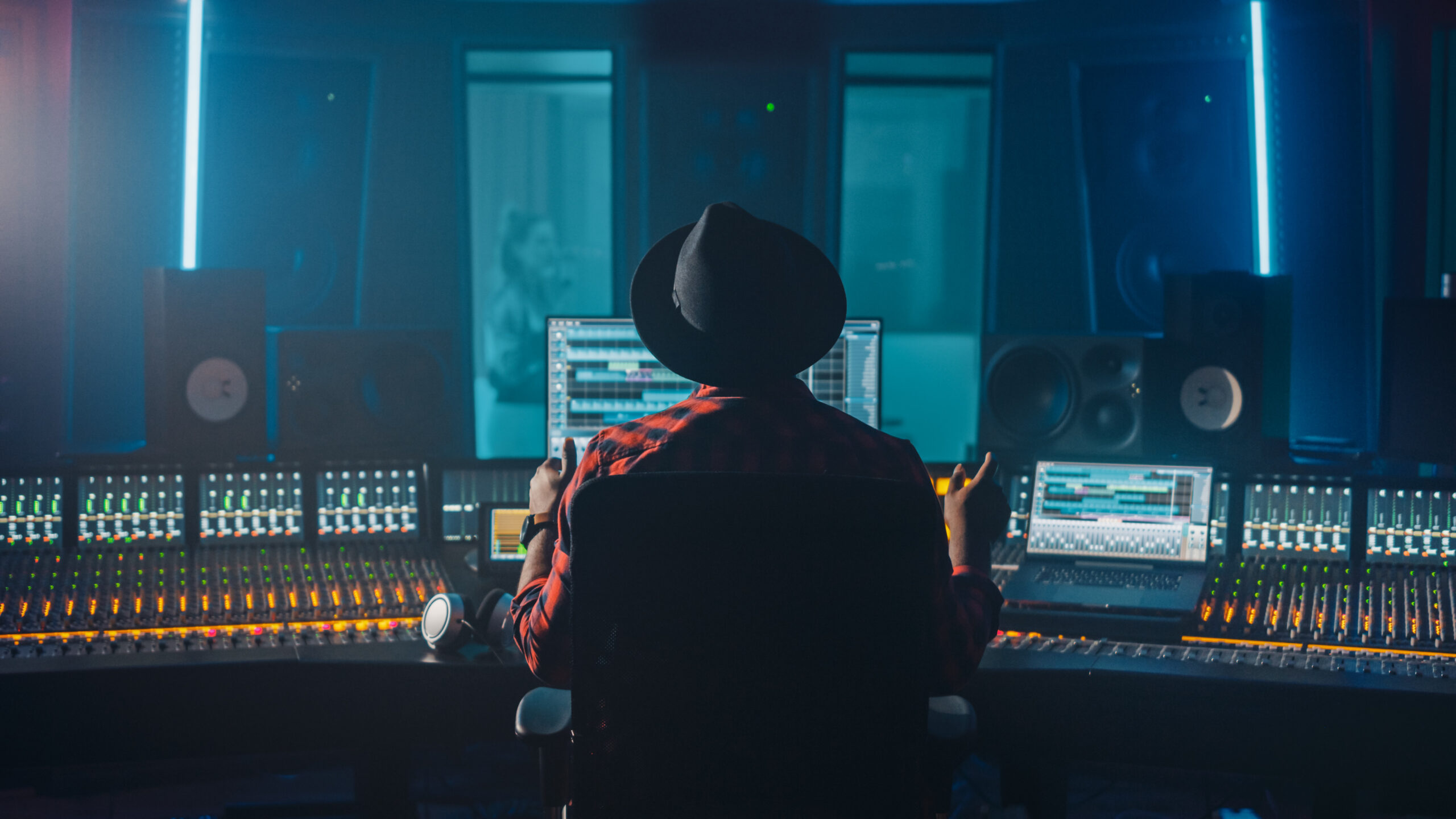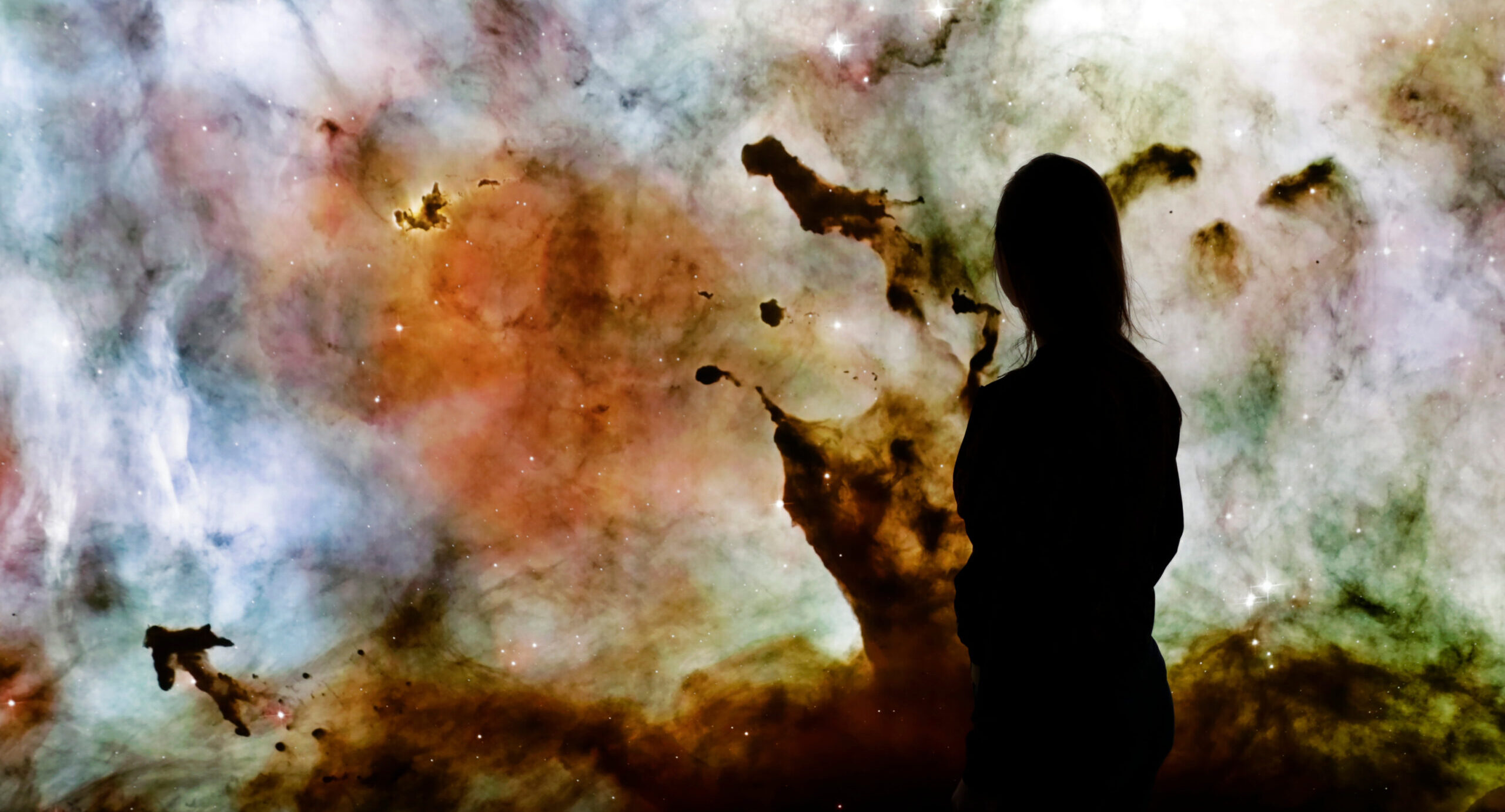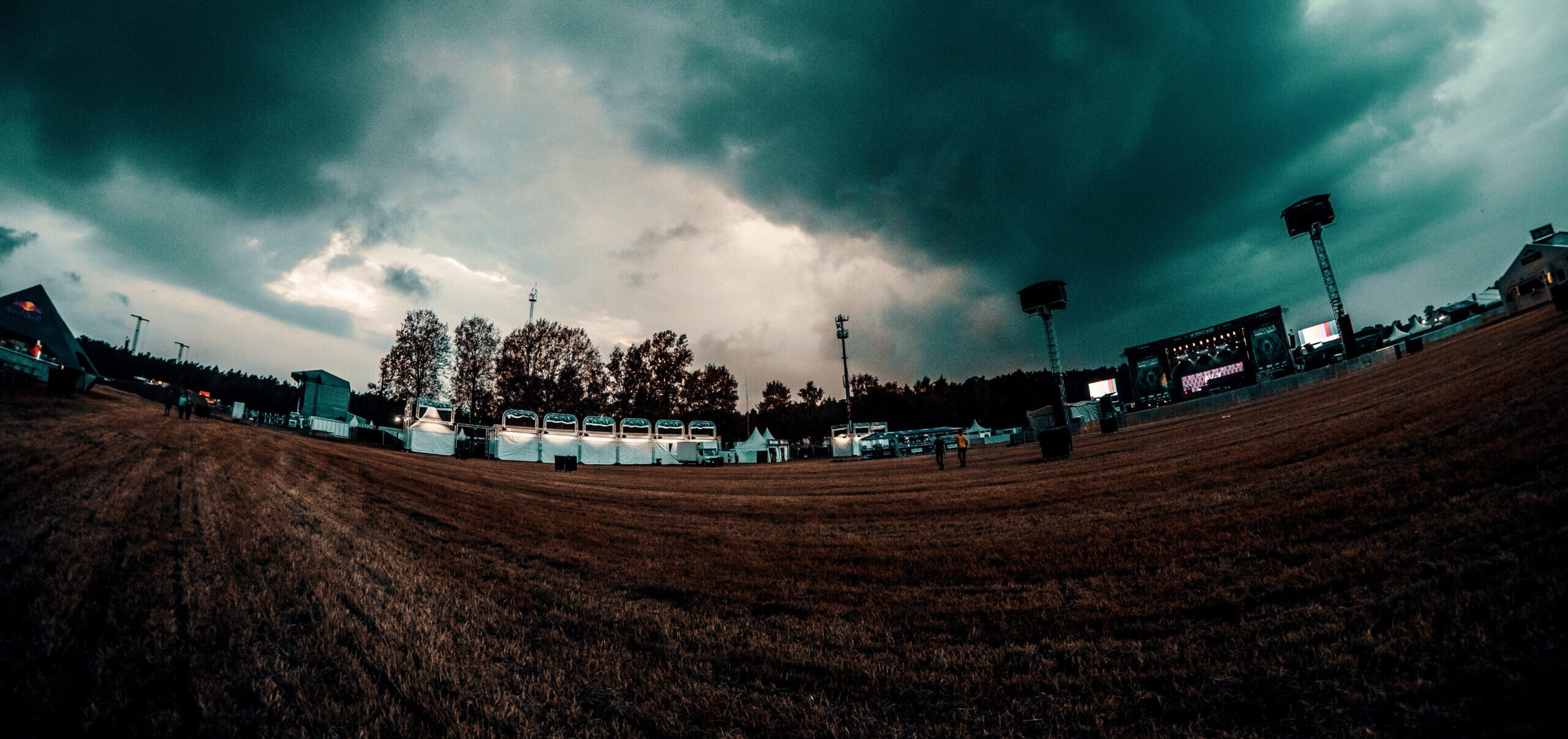In an era of shifting federal priorities, the creative economy’s future will depend on recognizing where creativity already thrives—even in unexpected places. Few examples illustrate this better than NASA, whose internal creative workforce rivals the size and sophistication of leading private studios. As the federal government redefines its priorities and traditional arts funding faces renewed scrutiny, creative economy advocates and workforce development professionals must fundamentally rethink their strategies.
The path forward isn’t just about defending existing programs—it’s about recognizing and mobilizing the vast network of embedded creatives who power innovation across every sector of the American economy. From aerospace engineers visualizing complex systems to designers shaping user experiences in healthcare and finance, creative talent is already woven into the fabric of U.S. competitiveness. Understanding and activating this hidden infrastructure of creativity offers a new model for advocacy, workforce innovation, and cross-sector partnership.
Beyond Traditional Boundaries: Redefining the Creative Workforce
The conventional wisdom about creative workers has long been limiting. While arts organizations and creative industries certainly employ significant numbers of artists and designers, this narrow focus obscures a crucial reality: creative professionals are embedded throughout our economy, driving innovation in sectors from aerospace to healthcare, from financial services to manufacturing. These embedded creatives—graphic designers at banks, storytellers at tech startups, visualization specialists at research institutions—represent an untapped opportunity for workforce development initiatives and creative economy partnerships.
This broader understanding becomes especially critical as federal priorities evolve. Rather than relying solely on traditional arts advocacy channels, creative economy leaders must build coalitions that span industries and demonstrate creativity's essential role in economic competitiveness and workforce innovation.
NASA: An Unexpected Creative Powerhouse
When discussing federal support for the arts, most observers immediately think of the National Endowment for the Arts, which awards approximately 2,400 grants annually to increase public access to arts programming. The National Endowment for the Humanities and the Institute of Museum and Library Services complete the traditional triumvirate of federal cultural agencies. Yet this conventional framing misses one of the federal government's most innovative creative employers: NASA.
The space agency has quietly built one of the government's most sophisticated creative ecosystems. NASA Creatives brings together nearly 400 creative professionals across 19 disciplines—a workforce that rivals or exceeds many prestigious private creative studios. Consider the scale: FuseFX, the Emmy-winning visual effects studio behind productions like "Ms. Marvel," employs approximately 150 people. LAIKA Studios, creator of acclaimed films like "Coraline," operates with 362 employees. Even the legendary Studio Ghibli, responsible for masterpieces like "Spirited Away," maintains a team of just 190.
NASA's creative infrastructure spans multiple specialized units that mirror private sector creative industries. The Scientific Visualization Studio develops data-driven animations using the same software platforms—Maya, Renderman—employed by Pixar and Industrial Light & Magic. The Conceptual Image Lab transforms complex scientific concepts into compelling visual narratives, paralleling the work of concept artists at major entertainment studios. Goddard Media Studios produces documentaries and live broadcasts with production values matching any professional media company.
CREATIVE CLUSTERS OF ACTIVITY IN THE NATIONAL AERONAUTICS AND SPACE ADMINISTRATION (NASA)

This creative capability represents a foundational commitment that predates our traditional arts agencies. NASA's Fine Art Program was established in 1962—three years before the NEA and NEH, and decades before IMLS—under Administrator James Webb's visionary belief that "important events can be interpreted by artists to provide unique insight into significant aspects of our history-making advances into space." This wasn't grant-making from afar; it was deliberate integration of creative perspectives into the agency's mission. NASA has commissioned works from Andy Warhol, Norman Rockwell, and Robert Rauschenberg. Contemporary initiatives include the GEODES Program, partnering with the University of Maryland for field-based artist residencies, and the Laboratory for Atmospheric and Space Physics' $30,000 artist-in-residence program. Through its Open Science initiative, NASA provides artists with satellite data, telescope imagery, and planetary mission information to create groundbreaking works that merge science and art.
NASA’s model demonstrates what’s possible when creativity isn’t siloed as a cultural add-on but embedded as a core operational capability. Moreover, the agency's creative influence extends into mainstream culture. Netflix's recent decision to integrate NASA's live feed as a dedicated channel underscores the space agency's storytelling prowess and production capabilities. This isn't just government communication—it's television production at the highest level.
Strategic Implications for Workforce Development
For workforce development professionals and economic development agencies, embedded creatives represent a strategic opportunity to build resilient, innovation-driven regional economies. Rather than limiting partnerships to traditional creative industries, programs should identify and engage creative professionals across all sectors. A manufacturing company's industrial designers, a hospital system's medical illustrators, or a financial institution's user experience designers all possess transferable creative skills that can anchor workforce initiatives.
This expanded perspective becomes particularly valuable when building career pathways. The visualization specialist at NASA's Scientific Visualization Studio possesses skills directly applicable to gaming companies, architectural firms, or biomedical research facilities. By mapping these skill transfers across industries, workforce programs can create more diverse and resilient career opportunities for creative professionals.
As federal funding priorities shift, this cross-sector approach opens new funding streams. Workforce initiatives that connect creative skills to advanced manufacturing, healthcare innovation, or technology development can access resources beyond traditional arts funding. The key lies in articulating creativity's role in driving innovation and competitiveness across the entire economy.
Building Tomorrow's Creative Economy Coalitions
As congressional and administrative priorities evolve, creative economy advocates must build broader, more inclusive coalitions. This means looking beyond the NEA, NEH, and IMLS to identify unexpected allies like NASA, the National Science Foundation's visualization programs, or the Department of Defense's simulation and training initiatives. It means recognizing that a data visualization specialist at a national laboratory and a motion graphics artist at an animation studio share fundamental creative competencies.
For the CVL Economics team’s work in talent innovation and arts strategy, this expanded framework offers compelling opportunities to help clients navigate the changing landscape. Organizations that understand where embedded creatives work, how their skills transfer across sectors, and which partnerships can unlock new resources will thrive regardless of shifting federal priorities.
The creative economy's future doesn't depend solely on traditional arts funding. It depends on recognizing creativity as a fundamental driver of innovation across every sector—and building the partnerships, pathways, and coalitions that reflect this reality. In an era of federal transition, this broader vision isn't just strategic; it's essential.
RELATED CONTENT





